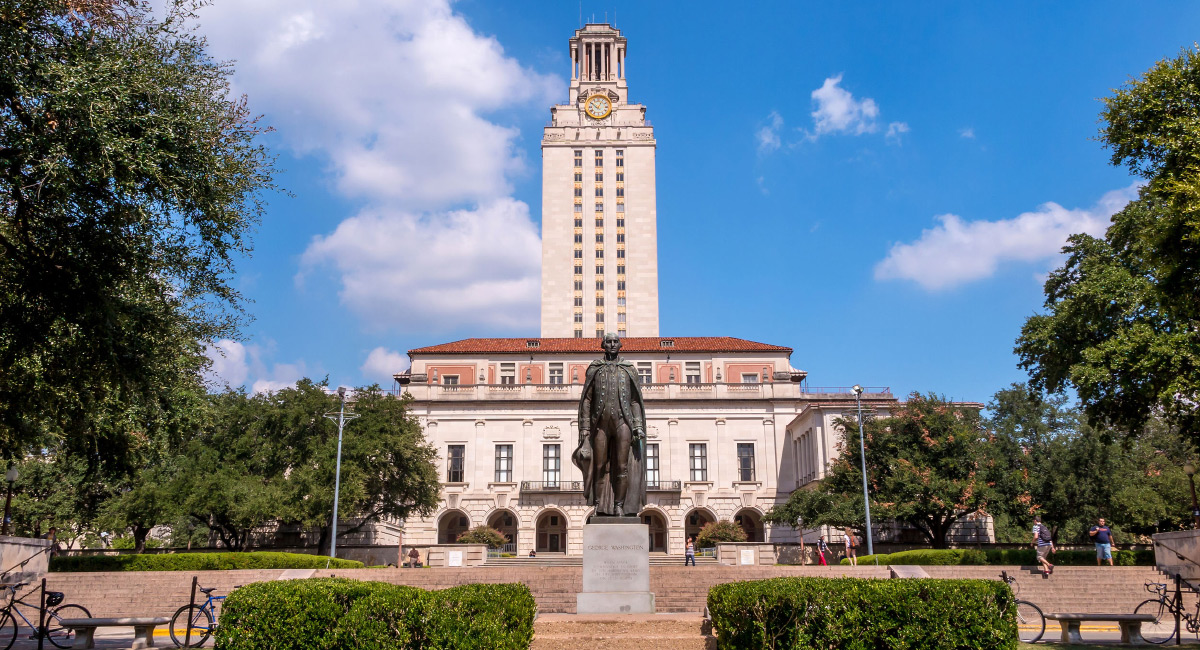Early preliminary data from the respected National Student Clearinghouse Research Center show total enrollments this fall are down only 1.8 % over last year. Since after the Covid-19 pandemic hit many were concerned fall enrollment might be down precipitously, say 10 or even 20%, these numbers are actually rather comforting to many in the higher education community.
But two caveats are in order. First, the numbers are based on only a sample, schools responding by September 10. I would not be surprised that biases enrollments upwards a bit—schools with big enrollment could be slower in responding to data requests. Second, the numbers are way down (11%) for foreign students, many of whom typically pay out-of-state tuition fees. The negative revenue effects are probably greater than 1.8%. Graduate enrollments are up, in keeping with the historic trend that during downturns unemployed persons seek degrees to improve long-term employment prospects.
The surprise to me regards community college enrollments, down 7.5%. I thought that they might increase, as students stayed away from their four-year colleges because of remote teaching and Covid-19, choosing a low-cost alternative near home. But I insufficiently considered the big contemporary trend in higher education: the flight to quality. Postsecondary credentials are not what they used to be, and a degree from a second-rate liberal arts college or state university no longer seems enticing, while degrees from top-reputation schools still are in high demand. And community colleges are suffering the most reputationally.
The decline in community college enrollment comes, ironically, at a time when some Americans are looking for ways to demonstrate vocational competency that do not require spending $100,000 or $200,000 for a piece of paper (diploma). Community colleges theoretically could provide this, but there is a lot more hype about things like coding academies that provide non-traditional, non-degree training; I suspect the National Clearinghouse data fail to fully pick up this trend.
Moreover, this fall’s enrollment drop will be the ninth in a row, I suspect a record for the nation since constitutional government began in 1789 (and certainly a record for the last century or so). Moreover, the old reliable solution to budgetary woes—tuition increases—is off the table. The drop in the demand for higher education is having the predicted impact, a decline in tuition revenues per student. Colleges are mostly reluctant to cut published fees, but are instead giving ever bigger tuition discounts. My guess is that total tuition revenues received by colleges will be down from last year, possibly a good deal, at a time when other traditional revenue sources (state appropriations and private donations) are also under pressure. Spending cuts are thus often considerable.
My sense about all of this is perhaps excessively colored by the experience of my own university, but I see grudging budgetary reductions that do little to correct for recent practices pushing up costs a lot. Two examples: first is the excessive bureaucratization of universities in modern times. The ratio of administrators to faculty, for example, has risen because of budget cuts in the past year at my school, and I suspect that is not unique. Second: some schools lose literally tens of millions of dollars annually on ball-throwing contests (intercollegiate sports). Why?
University incentive systems are perverse, with little reward for promoting efficiency and innovation. Schools spend recklessly on buildings that are underutilized, hire staff doing little or nothing to advance the primary teaching and research mission, and are slow in responding to changing labor market demands.
Perhaps governments, foundations and other private donors should give fewer dollars to schools: “starve the beast.” Perhaps governments should give more funds to individuals at the heart of universities—students or professors doing research. Pay students or even professors directly rather than institutions, and then let the institutions compete to get students for their tuition fees and professors for their research grants. Have student financial assistance depend in part on academic performance and probability of graduation, reducing vast sums currently wasted on students not fitting into the college environment and failing to even graduate. Introduce more price competition and performance standards into higher education. Make the Ivory Tower resemble more the Real World.













